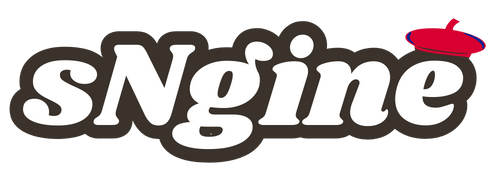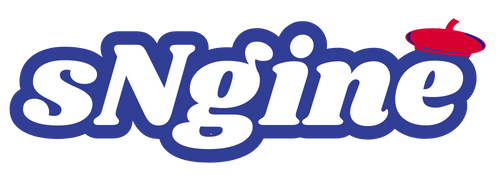The global Tunnel Boring Machine (TBM) Market is poised for a period of steady expansion as governments and private enterprises ramp up investments in subterranean infrastructure. From metro rail systems and wastewater tunnels to pipelines and mining drives, TBMs are increasingly critical in enabling efficient, safe and large-scale tunneling operations. With urbanisation, sustainability commitments and technological innovation all converging, the market for TBMs is entering a new phase where demand, complexity and opportunity will rise in tandem.
Much of this growth is fueled by urban growth and the consequent need for underground transport and utility corridors. As cities expand and surface space becomes constrained, tunnelling emerges as a strategic match for mitigating congestion and supporting infrastructure resilience. Rail-based transit tunnels, utility pipelines and hydropower conduits are major segments driving TBM deployment. Simultaneously, advances in tunnel technology—such as mechanised shields, automation, real-time monitoring and geology-adaptive cutters—are improving operational metrics like advance rate, safety and cost-effectiveness, making TBM solutions more attractive for projects that were once dominated by conventional drill-and-blast methods.
Segment wise, the TBM market is differentiated by machine type (for example slurry TBMs, earth-pressure-balance shields, hard rock TBMs, multi-mode machines), geology type (soft ground, hard rock, mixed conditions) and end-user application (road transport, railway/metro, utilities, mining, oil & gas). Soft-ground TBMs remain popular especially in urban metro tunnels where ground conditions are gentle but sensitive to surface disruption. In contrast, hard rock TBMs are gaining traction in mountainous terrain or challenging geologies. The variety of machine types allows tunnelling contractors and infrastructure owners to tailor equipment to site-specific demands. On the application side, metropolitan transit remains a lead driver, but utility tunnels (water, sewage, energy) and mining applications are also becoming significant.
Regionally, the Asia-Pacific region is emerging as a dominant force in the TBM market thanks to rapid urban infrastructure rollout, large-scale metro projects in cities such as India and China, and strong government support for underground delivery. Europe continues to be an important market, leaning on replacement of legacy tunnels and ambitious new rail or cross-border projects. North America, while more mature, is still investing heavily in transport upgrades, water-management tunnelling and utility retrofits. These regional dynamics reflect a blend of new-market growth, infrastructure renewal and increasing complexity in tunnelling projects.
Despite the positive trajectory, the TBM market is not without its challenges. Upfront capital costs are substantial: manufacturing large-diameter TBMs, mobilising them on site, and initiating operations are expensive and require long lead times. Geotechnical risks remain formidable—unexpected ground conditions, mixed geology, high overburden or water ingress can all slow progress or add cost. Supply-chain constraints for large-components, and the requirement for specialist operation and maintenance expertise, can limit project execution. Further, sustainability pressures are pushing for greener machines, less waste, fewer logistics and better reuse of tunnel-excavated spoil—factors that demand innovation but also increase complexity.
Looking to the future, the TBM market is poised to benefit from multiple reinforcing trends. Automation and digitalisation (for example remote monitoring, predictive maintenance, AI-driven geology recognition) will become more prevalent, boosting productivity and reducing downtime. Smaller-diameter TBMs and micro-tunnelling solutions are expected to gain in urban utility markets where disruption must be kept minimal. Large-diameter machines designed for metro, high-speed rail or mega-tunnel projects (such as cross-city or international connections) provide scalable opportunities. Sustainability trends will see machines designed for lower emissions, less power consumption, and more integration with circular economy practices for excavated materials. For infrastructure owners and contractors, TBMs are becoming not just machines but platforms for project optimisation.
In summary, the tunnel boring machine market sits at the confluence of urbanisation, infrastructure modernisation and industrial innovation. As demand for underground space grows—driven by transport, utilities, and resource extraction—TBMs will continue to play a central role in shaping the tunnel economy. For manufacturers, contractors, and investors, aligning with the advances in machine capability, digital integration and sustainable operation will be key to harnessing the opportunities ahead. The future may lie underground, but it’s increasingly visible above ground in the form of smarter, faster and deeper tunnelling.
More Related Report
electric bike market share in india



